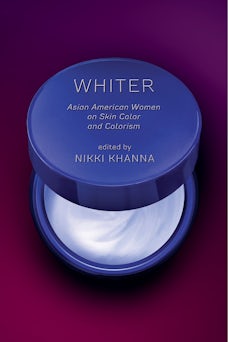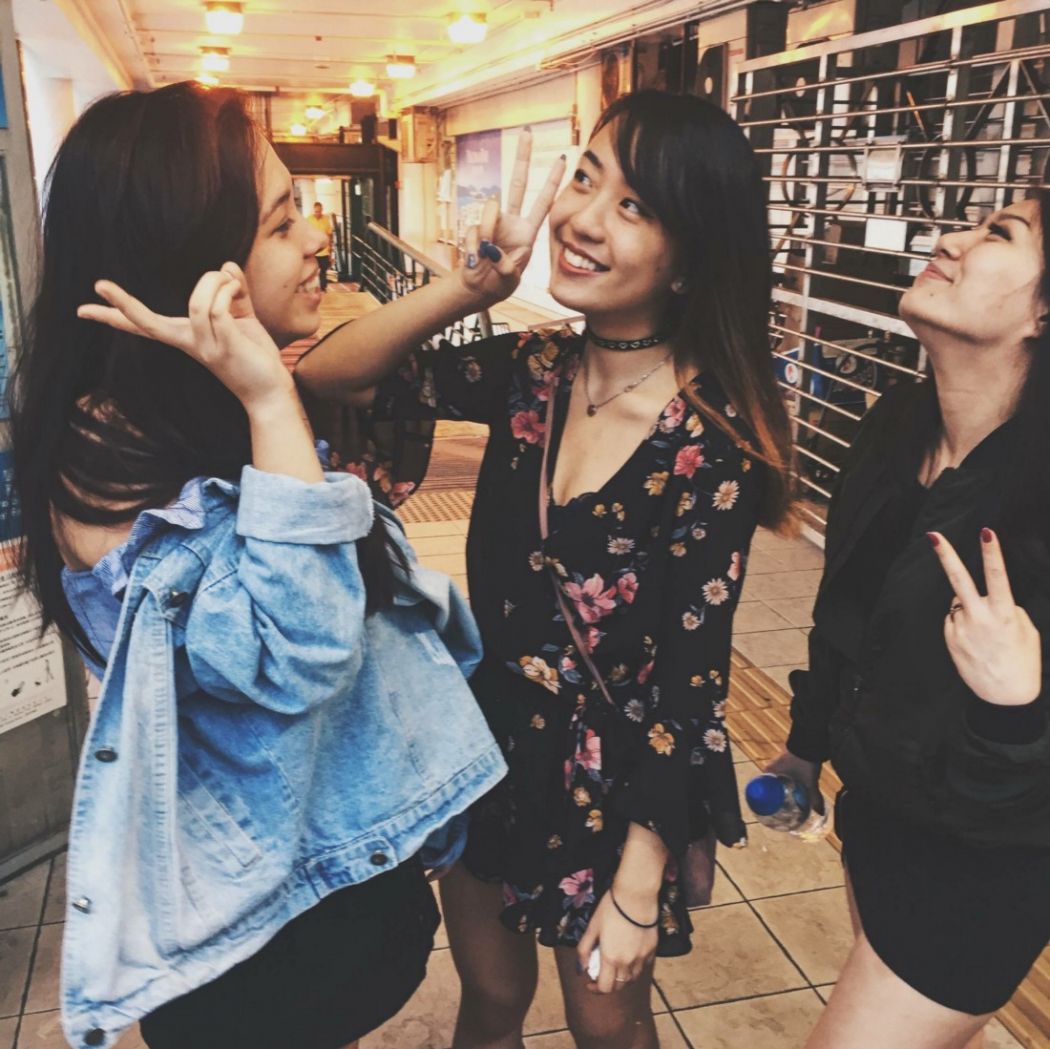Hollywood at the Intersection of Race and Identity
Rutgers University Press
2019-11-15
314 pages
31 b-w photographs
6 x 9
Paperback ISBN: 978-0-8135-9931-1
Cloth ISBN: 978-0-8135-9932-8
PDF ISBN: 978-0-8135-9935-9
EPUB ISBN: 978-0-8135-9935-9
Edited by:
Delia Malia Caparoso Konzett, Professor of English, Cinema/American/Women’s Studies
University of New Hampshire, Durham
Contributions by: Ruth Mayer, Alice Maurice, Ellen C. Scott, Delia Malia Caparoso Konzett, Jonna Eagle, Ryan Jay Friedman, Charlene Regester, Matthias Konzett, Chris Cagle, Dean Itsuji Saranillio, Graham Cassano, Priscilla Peña Ovalle, Ernesto R Acevedo-Muñoz, Mary Beltrán, Jun Okada, and Louise Wallenberg.

Hollywood at the Intersection of Race and Identity explores the ways Hollywood represents race, gender, class, and nationality at the intersection of aesthetics and ideology and its productive tensions. This collection of essays asks to what degree can a close critical analysis of films, that is, reading them against their own ideological grain, reveal contradictions and tensions in Hollywood’s task of erecting normative cultural standards? How do some films perhaps knowingly undermine their inherent ideology by opening a field of conflicting and competing intersecting identities? The challenge set out in this volume is to revisit well-known films in search for a narrative not exclusively constituted by the Hollywood formula and to answer the questions: What lies beyond the frame? What elements contradict a film’s sustained illusion of a normative world? Where do films betray their own ideology and most importantly what intersectional spaces of identity do they reveal or conceal?
Table of Contents
- Introduction
- Hollywood Formulas: Codes, Masks, Genre, and Minstrelsy
- Daydreams of Society: Class and Gender Performances in the Cinema of the Late 1910s / Ruth Mayer
- The Death of Lon Chaney: Masculinity, Race, and the Authenticity of Disguise / Alice Maurice
- MGM’s Sleeping Lion: Hollywood Regulation of the Washingtonian Slave in The Gorgeous Hussy (1936) / Ellen C. Scott
- Yellowface, Minstrelsy, and Hollywood Happy Endings: The Black Camel (1931), Charlie Chan in Egypt (1935), and Charlie Chan at the Olympics (1937) / Delia Malia Konzett
- Genre and Race in Classical Hollywood
- “A Queer, Strangled Look”: Race, Gender, and Morality in The Ox-Bow Incident / Jonna Eagle
- By Herself: Intersectionality, African American Specialty Performers, and Eleanor Powell / Ryan Jay Friedman
- Disruptive Mother-Daughter Relationships: Peola’s Racial Masquerade in Imitation of Life (1934) and Stella’s Class Masquerade in Stella Dallas (1937) / Charlene Regester
- The Egotistical Sublime: Film Noir and Whiteness / Matthias Konzett
- Race and Ethnicity in Post-World War II Hollywood
- Women and Class Mobility in Classical Hollywood’s Immigrant Dramas / Chris Cagle
- Orientalism, Diaspora, and Indigeneity in Go for Broke! (1951) / Dean Itsuji Saranillio
- Savage Whiteness: The dialectic of racial desire in The Young Savages (1961) / Graham Cassano
- Rita Moreno’s Hair / Priscilla Peña Ovalle
- Intersectionality, Hollywood, and Contemporary Popular Culture
- “Everything Glee in ‘America’”: Context, Race, and Identity Politics in the Glee Appropriation of West Side Story / Ernesto R. Acevedo-Muñoz
- Hip Hop “Hearts” Ballet: Utopic Multiculturalism and the Step Up Dance Films / Mary Beltrán
- Fakin da Funk (1997) and Gook (2017): Exploring Black/Asian Relations in the Asian American Hood Film / Jun Okada
- “Let Us Roam the Night Together”: On Articulation and Representation in Moonlight (2016) and Tongues Untied (1989) / Louise Wallenberg
- Acknowledgments
- Selected Bibliography
- Contributors
- Index









